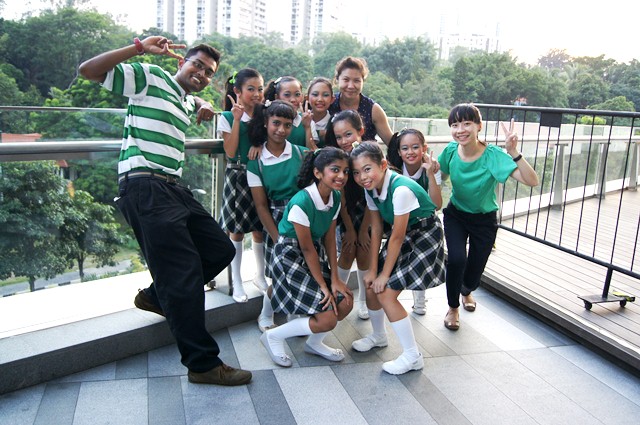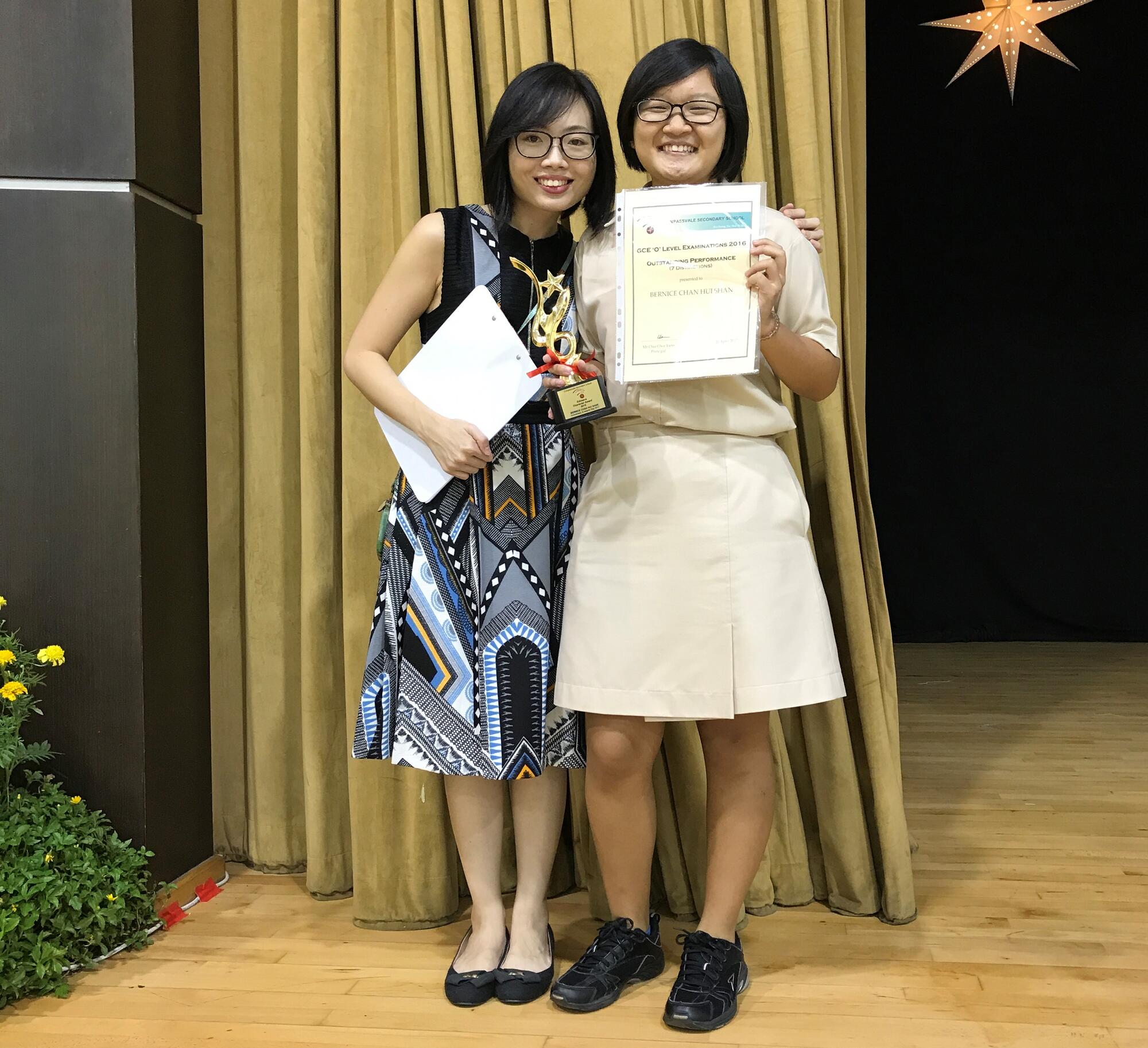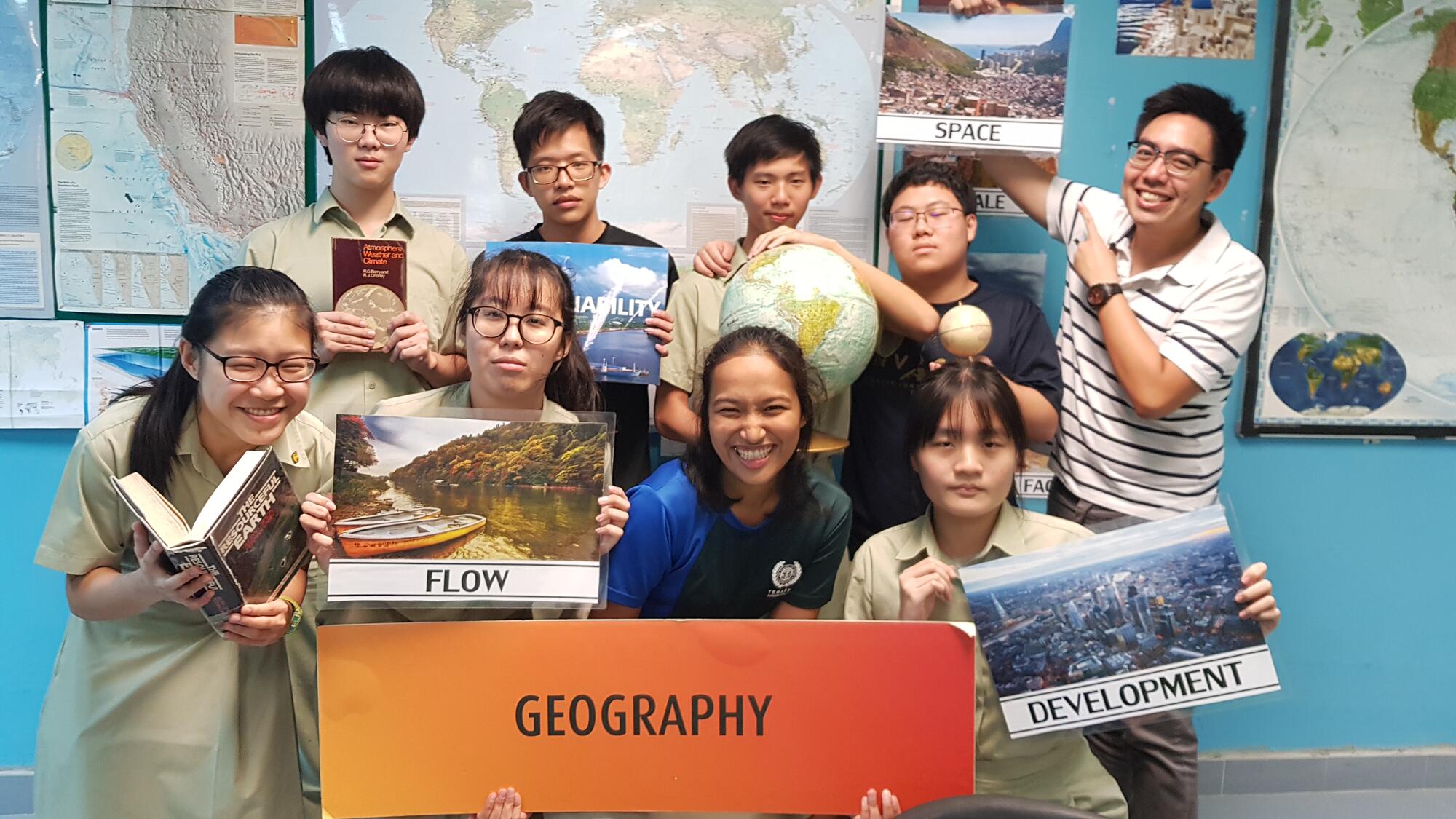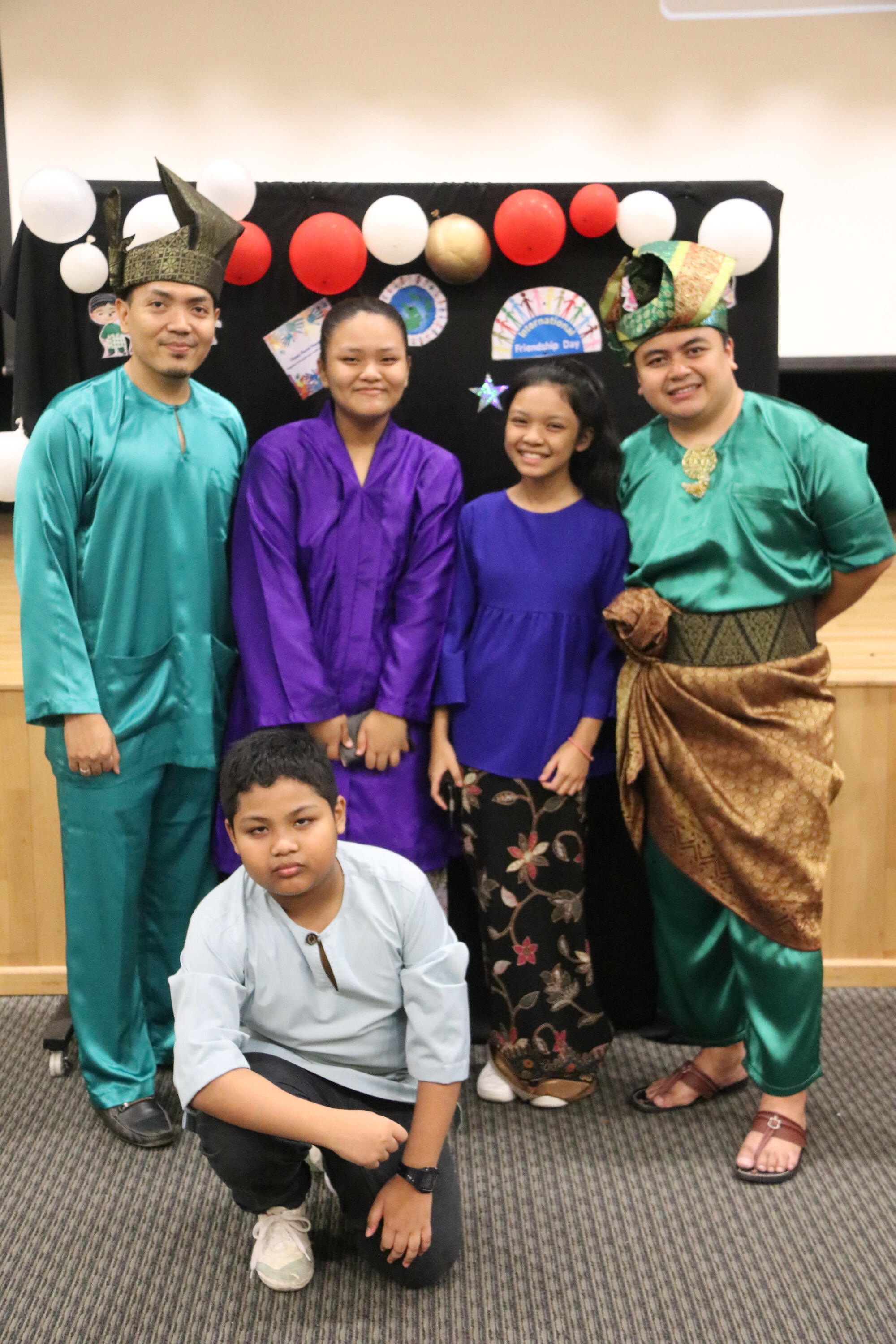Drumming up a Passion
24 Aug 2015

A champion of music education, Mr Murugesu aspires for his students to march to their own beat, hold their own tune and find their forte in life.
Murugesu s/o Samarasan, Outstanding Youth in Education Award 2015 Finalist
East View Primary School
I believe in the power of music. It engages the Mind, moves the Body and touches the Soul – in short I call it M.B.S. This is my signature music programme in school. I believe that the best way to make music come alive for my students is through immersion and involvement in music improvisation and creation. This has always been a cornerstone of my teaching philosophy. Why M.B.S?
Engaging the Mind
The best way to engage young minds in music is to adopt the Orff approach. This involves both speaking and listening skills in a learning environment that engages all five senses. In using the rhythms of familiar poems and rhymes, I help children to express themselves and improve their understanding of English and how it relates to the language of music.
By teaching students how to use the body as a drum kit and the basic techniques of body percussion, students learn how to improvise rhythms. For example, getting the lower primary students to stamp their feet, pat their thighs and clap their hands while singing “London Bridge is falling down”, helps them to think of innovative ways to keep the beat or rhythm, even as they learn about intonation and pronunciation.
To inspire students in music making, I always look for ways to align the music curriculum with that of other subjects. In this way, students are able to see how music complements the other subjects they study. Using buckets, barrels, boxes, plastic bottles and cans, students also explore sounds with recycled objects. This complements the environmental science programme in my school, which teaches students the importance of reducing, reusing and recycling waste. Exploring the different timbre of sounds – such as making as many sounds as possible with a tin can or a pen – allows students to follow their music-making instincts and ultimately fuels their creativity and critical thinking skills.
I stretch my students’ potential for creative expression by making sure they have lots of chances to compose music using technology during my lessons. The possibilities of what students can do when they harness the power of music software and apps are limitless. Although I support traditional music literacy and the teaching and learning of classroom instruments, I strongly believe that we need to reach out to the masses through a curriculum that teaches students both acoustic and digital instruments. Children learn music faster using apps such as GarageBand. Students can now use the iPad to perform, compose, arrange, improvise and record music without having to master the techniques of instrumental playing. When students work together in an informal environment, take ownership of their learning and determine their own pace of learning, their creativity blossoms.
I also challenge students to use the song-writing and digital music skills on the GarageBand app picked up in the school’s Mind, Body and Soul (MBS) music programme to write and compose music for the Eco-Music Challenge and the Melody of Hope, organised by the Singapore Kindness Movement, song-writing competitions. The students rose to the challenge and went on to win awards at the competitions.
Moving the Body
Through the bucket drumming module in the Programme for Active Learning (PAL) for the Primary 2 cohort, students not only acquire drumming techniques and various drumming grooves, they also move to the rhythms of the drum. Students are given ample opportunities to explore with the different sounds of the buckets to create grooves of their own. Working in groups, students learn to accommodate and manage each other. They learn to understand each other’s strengths and limitations and respect the learning abilities of their friends. I use music as a powerful tool to help them acquire Social Emotional Learning (SEL) skills such as awareness for others and collaboration.
In another project involving music and movement, we asked our Primary 5 students to compose music for aerobic exercise. Students had to listen out for important characteristics of music used with the different parts of exercise routines such as warm-ups and cooling down before manipulating the musical elements to suit the various segments of exercise they were composing for. Through this activity, students worked with sound loops of various genres and cultures and were exposed to a wide repertoire of world music samples and instruments, making them more aware of musical genres and styles from around the world.
Touching the Soul
I have always believed that music education shapes a student’s character. Drawing on the school’s “C2RISP” values – Commitment, Compassion, Respect, Integrity, Self-discipline and Perseverance – I use music to imbue these into my students. Through learning performance and audience etiquette, students learn self-discipline.
I get students to watch video snippets of concerts and we discuss how the performers engage the audience with their discipline in performing and how the audience in turn respects their performance and applauds. In addition, after each group or individual performance, I hold a press conference-style discussion where students comment on their friends’ performances and suggest how they can improve. It’s through these dialogue sessions that my students learn from one another.
I encourage students to work hard ahead of a performance. I share with them stories of past students whose dedication led to success. I also set up mentorship opportunities for students to coach their peers who might have difficulties playing an instrument. During the ukulele module for the Primary 5 and 6 pupils, student mentors used their recess slots to coach their friends. It was heartwarming to see students who were initially unable to play the ukulele drawing inspiration from their mentors and persisting.
Making a difference
Working closely with teachers on the music programmes, I’m able to track students’ character development and social emotional skills through teacher observations and written reflections at the end of each session. I remember Afiq*, a student who had a natural flair for music and loved bucket drumming. He used to be disruptive during lessons, often disregarding the teachers’ instructions and getting into arguments with his friends. Besides not observing the rules of the drum circle and playing the drum when it was not his turn, Afiq would write inappropriate comments about the lessons during reflection sessions.
I counselled him and got him to reflect on his actions whenever he misbehaved. I also encouraged him to use his talent to lead his friends and show them some understanding. Gradually, I noticed the effort he put in to respect the rules of the drum circle and his friends’ opinions. Afiq also learned how to solve disputes more amicably with his friends. I praised him each time he showed a willingness to change his behaviour and gave him opportunities to lead his class in drumming. I often told him that it was important as a musician to practise “active listening”, which involved listening carefully to when he had to play or come in with a drum groove. In the end, there was a marked improvement in his behaviour towards his friends and teachers and in his written lesson reflections.
I provide opportunities for at-risk students in the Music Interest Club (MIC) to increase their self-esteem. I worked with a group of Primary 6 boys and used drumming to inspire them. In preparing for our performance for World Water Day 2015, students had to lead different sections of the performance. With each performance, I noticed that they showed more commitment both musically and academically.
Student leaders organised sectional training for their juniors and students loaned drum sticks from the school to practise at home, drumming on pillows and on cushions! Several of the students involved in drumming for community projects and outreach programmes have gone on to win the Arts in Community (ACA) award. Some of my former students from the MIC Co-Curricular Activity group have gone on to pursue their musical interests in their secondary schools. They have joined instrumental ensembles such as the gamelan orchestra, brass band, guitar club and digital music club. Some former students come back regularly to help out with the school’s music programmes.
As a music educator, my aim has always been to inspire students to be the best that they can be. I hope my students will be fuelled with a passion for music and the performing arts throughout their lives.
*Actual name has been changed

.jpg)


.jpg)
